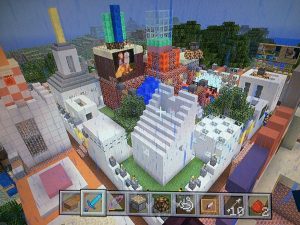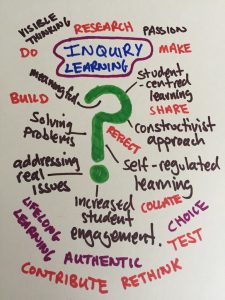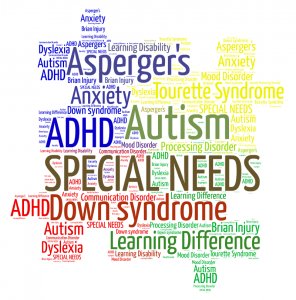What is Autism?
Autism, or autism spectrum disorder (ASD), refers to a broad range of conditions characterized by challenges with social skills, repetitive behaviors, speech and nonverbal communication. For a designation such as autism, “it is estimated that 1 in 59” (Autism Speaks, 2018) will be classified with this learning challenge.
Below are some questions and answers that hopefully will provide you with some more clarity!
How do you diagnose autism?
- Autism is diagnosed in BC by a diagnostic psychologist
- Typically the whole process starts with a parent or teacher who has some concerns about the student and they will take them to their family paediatrician who will make a referral to the autism assessment network
- Diagnosed by a set of behaviours that are observed by parents and doctors
- Not a blood test or neurological exam
What are the characteristics of autism?
- Social communication impairments (probably the main one)
- Stereotypic behaviour, which is a child that engages in repetitive ritualistic kind of behaviours. Examples include flapping hands, tiptoe walking, any kind of repetitive speech
- Sensory issues, anxiety, and other characteristics
What do students with autism struggle on a day-to-day business?
- A whole list of social demands including: social interaction, understanding social content, reading non-verbal cues, sharing, co-operating with others
- Difficulty with organization, mental planning, prioritizing transitions
What are some strategies that support their challenges?
- Not over talking!
- Use pictures and diagrams
- Allowing kids to have breaks
- Positive reinforcement
- Having set routines and predictability in your classroom (super important)!!!!!
What are the resources you can use to help these kids?
- POPARD (Provincial Outreach Program for Autism and Related Disorders
- POPARD website: https://www.autismoutreach.ca
How do you create a good environment for the students in a PHE setting or even just in a normal classroom setting?
- Learn as much as you can about autism. Read research, do in-service professional development
- Have predictability and set routines in your class
- Provide visual information
- Be a good role model for the students
I received all of this information from Kari Bennett who is a Special Education Teacher










Recent Comments